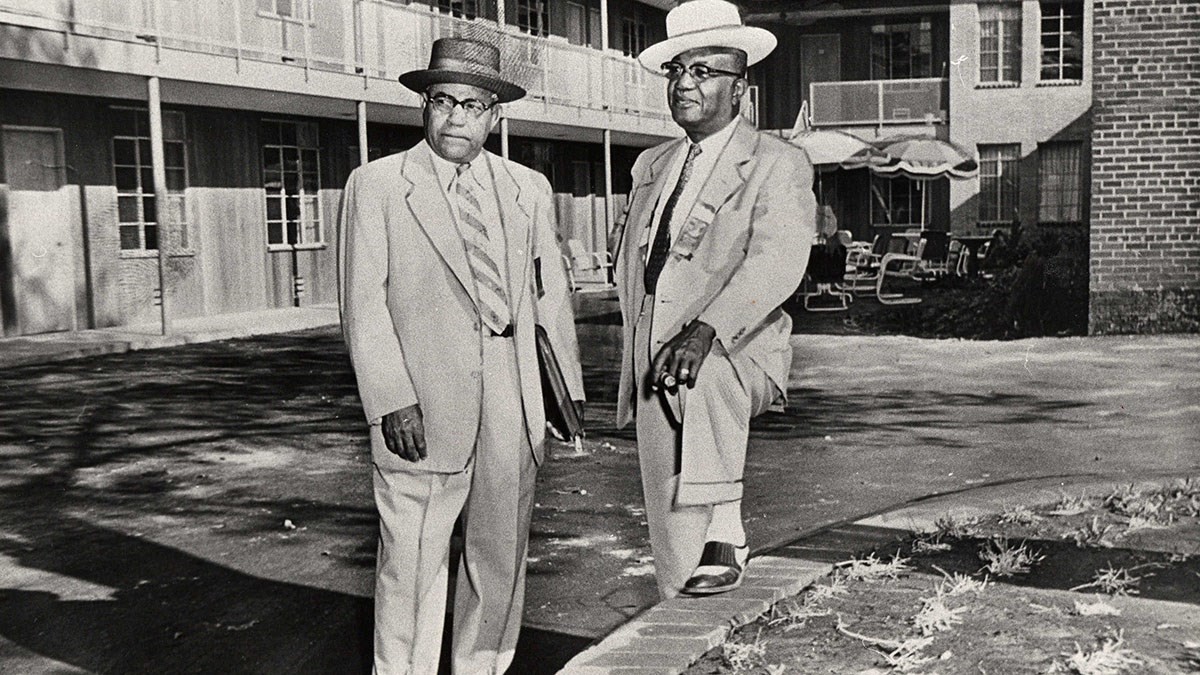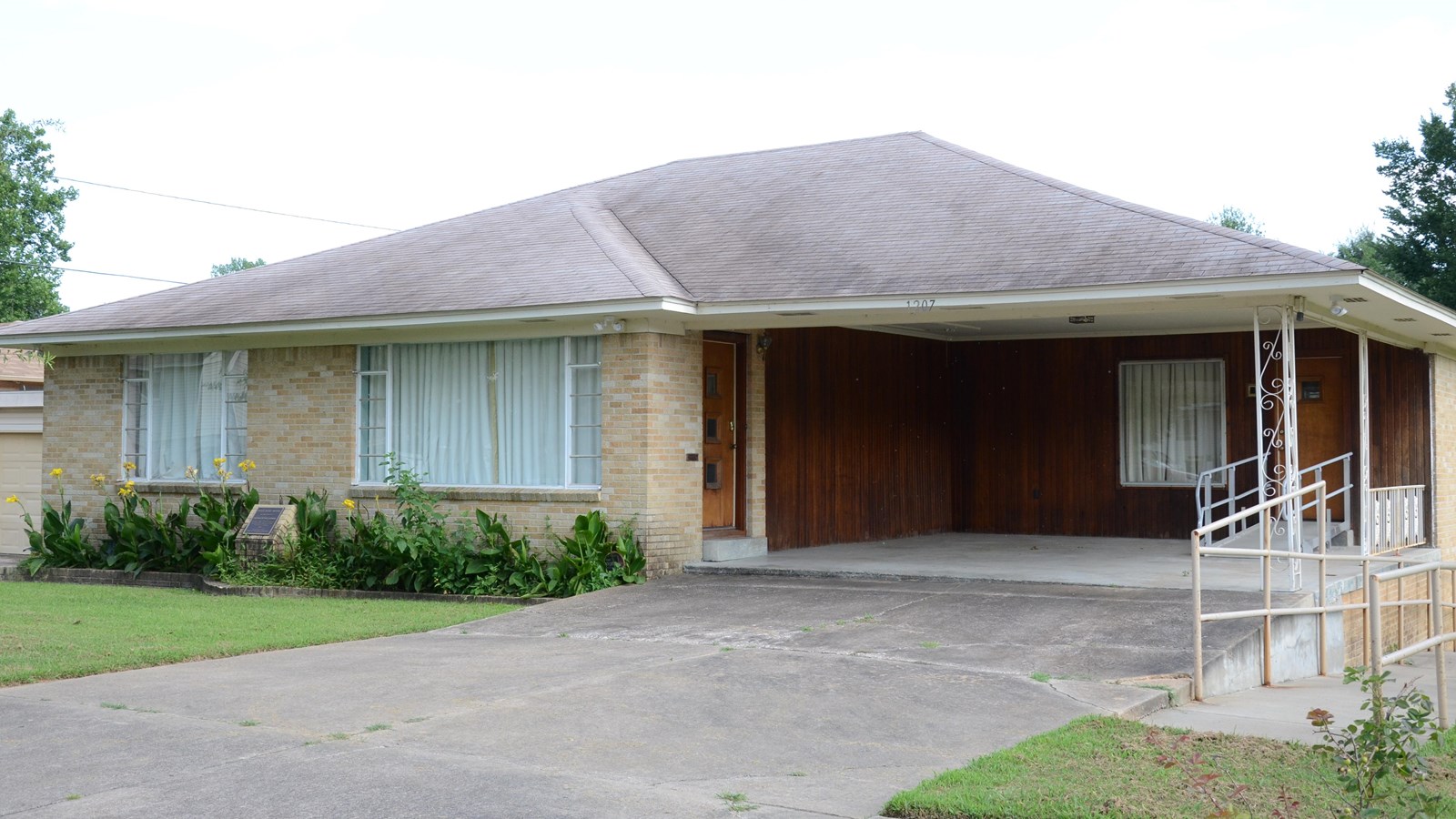May 13-15, Birmingham
I'm doing this trip backwards--that is, I'm doing it the opposite way the arrows show in the guide book. I suppose there's no real wrong way to do this, but it's working for me this way. Starting off with Little Rock was chronologically correct, but of course next I went to Memphis, and the assassination of Dr. King (1968). What Memphis gave me, though, was some familiarity with the leaders and activists I was to meet over and over as I went from Birmingham to Montgomery, to Selma, and finally Jackson, MS, and the Delta.
In Birmingham, a few things came together for me: a prominent part of Green Book, the Freedom Rides (1960-1961), and Dr. King's Letter from a Birmingham Jail (1963). If you haven't ever read King's Letter, set aside a few minutes for it. He was jailed in Birmingham for 'parading without a permit'. He wrote the letter on scraps of paper that were smuggled in to him.
Most of us know that Dr. King's strategy was one of non-violence. Not everyone in the movement agreed with that strategy (Kwame Ture was one), but everyone who took part in direct action committed to following non-violence without exception. They were even trained through role-playing to endure violence and humiliating acts against them. King talks about this commitment in his letter. Written in 1963, after the Montgomery Bus Boycott that he was asked to lead in 1955, and after the Freedom Rides (1960-61). With years of experience in both direct action and negotiating with political and law enforcement leadership, Dr King had seen the pattern of tactics used by segregationists and he lays them out in the letter.
Dr. King's letter could have been written by someone from today's Black Lives Matter protests. He mentions the following, all of which are present in today's discourse about BLM direct actions:
- City leadership's objection to 'outsiders coming in'
- City leadership insisting on negotiations, which King's movement has done, but leadership did not keep their promises.
- Being told to wait, for any reason. This 'right time' argument is one we see most frequently after mass shootings now, as those against gun control come out and say that now is not the 'right time' to talk about gun control.
- Black people are dying while city leadership keeps moving the goal posts. In short this is a feature of respectability politics, and if you're a supporter of justice movements, it's easy to fall for this argument--you may be the white moderate that Dr. King is talking about.
- City leaders and police calling any protest an 'unlawful assembly' to violently shut down non-violent protests.
- Creating laws or regulations that criminalize or ban first amendment activities.
The 'unlawful assembly' label is applied quickly today, but unequally for different groups.
The BLM protests in Seattle and Portland in the summer of 2020 were quickly labeled by police as 'unlawful assembly', warnings were given that non-lethals would be used if protesters did not disperse. The next thing that would happen is police would begin using tear gas, flash bangs, and then form a line and forcefully and quickly shove protesters back while continuing to use tear gas. Having been in the crowd for a number of these, the last time was enough for me to quit direct action and join a research group instead.
Unlike the BLM protests, white nationalist groups like the Proud Boys were protected by law enforcement during their protests, and any counter protesters with an anti-racist bent were the target of both law enforcement and the white nationalist group. Oregon's Statesman talks about this disparity, and a Washington Post piece on the teen who shot and killed two BLM protesters and whose attempt to surrender for the killings was ignored by police echo the events of the 1960's direct action events.
Did you lose focus?
The narrative that was put forth by the police--then and now--was that protesters had become violent or begun destroying property. Whether that was true or not, the protesters were considered 'wrong', and government officials did not back down, but rather tightened restrictions. The focus had now become about tactics, and how the protesters behaved. And hey presto, the issue of police brutality against Black Americans, segregation, or voting rights was in the background. Be aware that if you're arguing about what tactics protesters are using, you're missing the point. Go back and remind yourself of the issue being highlighted by the protest and focus on that. Property cannot be the victim of violence, but when property damage occurs during protests, it is often labeled 'violence'.
We know now that the story of the civil rights protests often framed the protesters in a bad light. The same thing is happening now. We also know that in many cases, law enforcement have committed violent, criminal acts against Black Americans and have lied about it, then and now. Police body cams and bystander video have verified this, as with the murder of George Floyd. It's important to understand why Colin Kaepernick took a knee during the national anthem, and for us to refocus on the issues with family and friends. Each one of us has an obligation to bend that arc of the moral universe.
More Reading
The Rise of Respectability Politics, Frederick C. Harris, Dissent Magazine
Stop Hustling Black Death, Imani Perry, The Cut.
Letter from a Birmingham Jail, Dr. Martin Luther King, Jr.
Why MLK was Jailed in Birmingham, Lily Rothman, Time Magazine
FBI Files on Freedom Riders
 |
| Note that even though Albert Boutwell (shown above) won the Mayoral election, Birmingham's "Bull" Connor refused to give up his office until directed to do so by the Supreme Court of Alabama. Connor was the face of institutional racism, with many atrocities against Black residents. He famously told white supremacists they had "fifteen or twenty minutes before I show up" when the Freedom Riders came to Birmingham. You can read about that here. |























